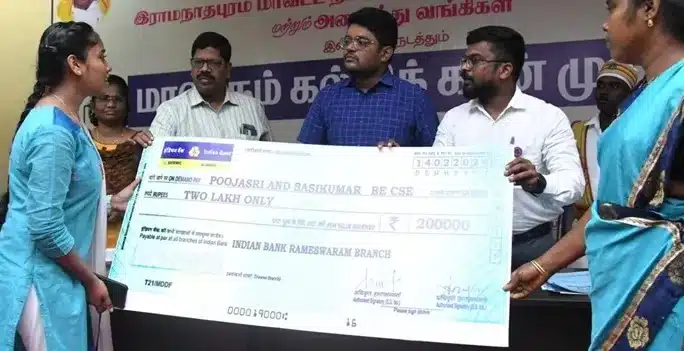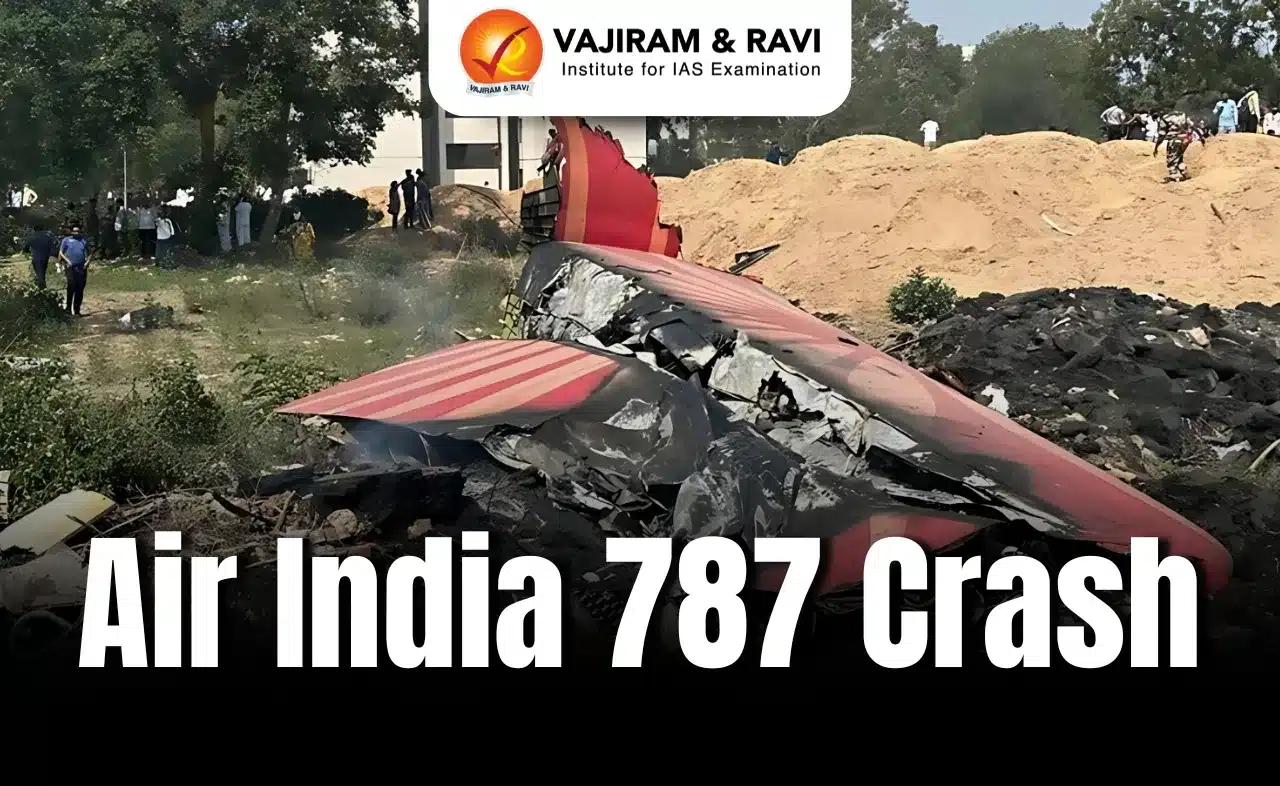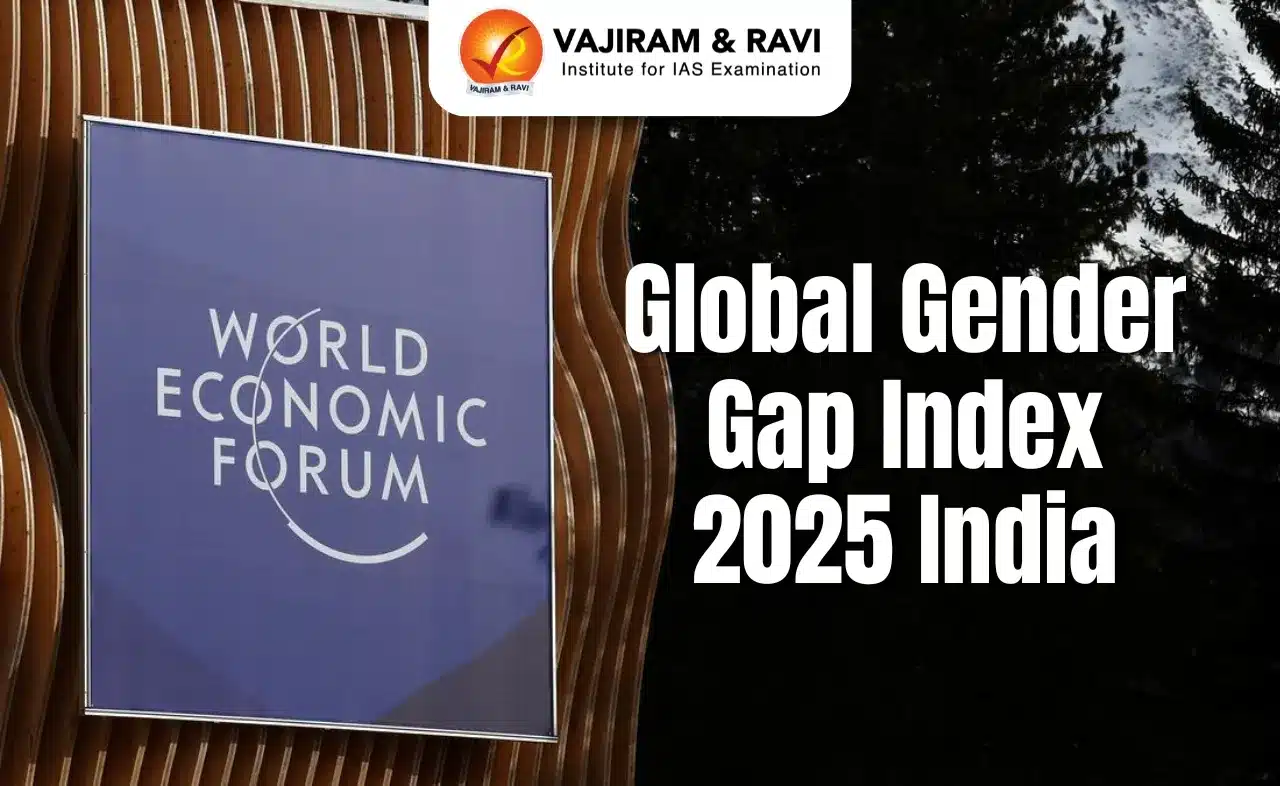What’s in today’s article?
- Why in News?
- What is PM Vidyalaxmi?
- How it is different from past schemes?
- Challenges faced by PM Vidyalaxmi
Why in News?
Recently, the Union Cabinet chaired by PM Modi approved a new Central Sector Scheme, PM Vidyalaxmi, which seeks to provide financial support to meritorious students applying for higher education.
Students will now be eligible to get collateral-free, guarantor-free loans from banks and financial institutions to cover the full amount of tuition fees and other expenses related to the course.
What is PM Vidyalaxmi?
- About
- It is a new Central Sector initiative aimed at supporting meritorious students financially so they can pursue higher education without economic constraints.
- This scheme is rooted in the National Education Policy, 2020, which advocates for financial assistance to deserving students across both public and private Higher Education Institutions (HEIs).
- Objectives
- Ensure Financial Inclusion in Education: Enable meritorious students to pursue higher education without financial hurdles.
- Support Top Educational Institutions: Applicable only to top-quality HEIs as per the National Institutional Ranking Framework (NIRF).
- Provide Transparent and Digital Access: Use a fully digital, transparent, and student-friendly platform for loan processing and management.
- Features
- Loan Availability:
- Eligibility: Any student who secures admission to a Quality Higher Education Institution is eligible.
- Loan Terms: Collateral-free and guarantor-free loans will be offered through banks and financial institutions, covering the full amount of tuition and other course-related expenses.
- Institutional Coverage: Applies to institutions ranked in the NIRF top 100 (both government and private) and state government HEIs ranked in the 101-200 bracket, as well as all central government institutions.
- Coverage Scope: In the initial phase, 860 QHEIs qualify, potentially benefiting over 22 lakh students.
- Loan Availability:
- Credit Guarantee Support:
- For loans up to ₹7.5 lakhs, a 75% credit guarantee on the outstanding amount is provided, encouraging banks to make education loans accessible to more students.
- Interest Subsidy:
- Eligibility: Students with an annual family income of up to ₹8 lakhs and not benefiting from other government scholarships or interest subvention schemes.
- Subsidy Terms: A 3% interest subvention on loans up to ₹10 lakhs during the moratorium period.
- Beneficiary Priority: Preference is given to students in government institutions and technical/professional courses.
How it is different from past schemes?
- Expanded Eligibility
- PM Vidyalaxmi covers middle-income families, unlike previous schemes which were limited to low-income groups, and offers benefits regardless of caste.
- Simplified Loan Process
- Students can apply through the Vidyalaxmi portal, which links to major public and private banks, simplifies the application process, and facilitates loan tracking.
- Focus on NIRF Rankings
- Eligibility is restricted to institutions ranked in the top 100 of the NIRF overall, category-specific, or domain-specific lists.
- For earlier schemes, the eligible institutions needed to be accredited with the National Assessment and Accreditation Council (NAAC) and the National Board of Accreditation (NBA).
- With 820 universities of NAAC and 15,501 colleges, along with 3,348 NBA institutions, the total was about 20,000 institutions.
- Eligibility is restricted to institutions ranked in the top 100 of the NIRF overall, category-specific, or domain-specific lists.
Challenges faced by PM Vidyalaxmi
- Reduced Institution Coverage
- Only institutions ranked in NIRF are eligible, significantly lowering the number of qualifying institutions compared to past schemes.
- Performance Stakes
- With eligibility tied to rankings, students must perform exceptionally well in entrance tests to access loans.
- Exclusion Risks
- Students in non-NIRF ranked institutions face higher interest rates or loan rejection.
- Institutional Competition
- Rankings become crucial, incentivizing institutions to seek higher NIRF standings to attract students benefiting from the scheme.
Q.1. How does the PM Vidyalaxmi scheme differ from past education loan schemes?
PM Vidyalaxmi expands eligibility to middle-income families and simplifies the loan process through a digital portal. It focuses on institutions ranked under NIRF, unlike earlier schemes based on NAAC and NBA accreditation.
Q.2. What are the challenges associated with PM Vidyalaxmi?
The scheme reduces institutional coverage by limiting eligibility to NIRF-ranked institutions. This raises stakes for students and institutions to perform well, while others face higher interest rates or loan rejection risks.
News: Vidyalaxmi education loan scheme: List of eligible institutions, comparison with other schemes | Press Reader | Times of India
Last updated on June, 2025
→ UPSC Notification 2025 was released on 22nd January 2025.
→ UPSC Prelims Result 2025 is out now for the CSE held on 25 May 2025.
→ UPSC Prelims Question Paper 2025 and Unofficial Prelims Answer Key 2025 are available now.
→ UPSC Calendar 2026 is released on 15th May, 2025.
→ The UPSC Vacancy 2025 were released 1129, out of which 979 were for UPSC CSE and remaining 150 are for UPSC IFoS.
→ UPSC Mains 2025 will be conducted on 22nd August 2025.
→ UPSC Prelims 2026 will be conducted on 24th May, 2026 & UPSC Mains 2026 will be conducted on 21st August 2026.
→ The UPSC Selection Process is of 3 stages-Prelims, Mains and Interview.
→ UPSC Result 2024 is released with latest UPSC Marksheet 2024. Check Now!
→ UPSC Toppers List 2024 is released now. Shakti Dubey is UPSC AIR 1 2024 Topper.
→ Also check Best IAS Coaching in Delhi






















